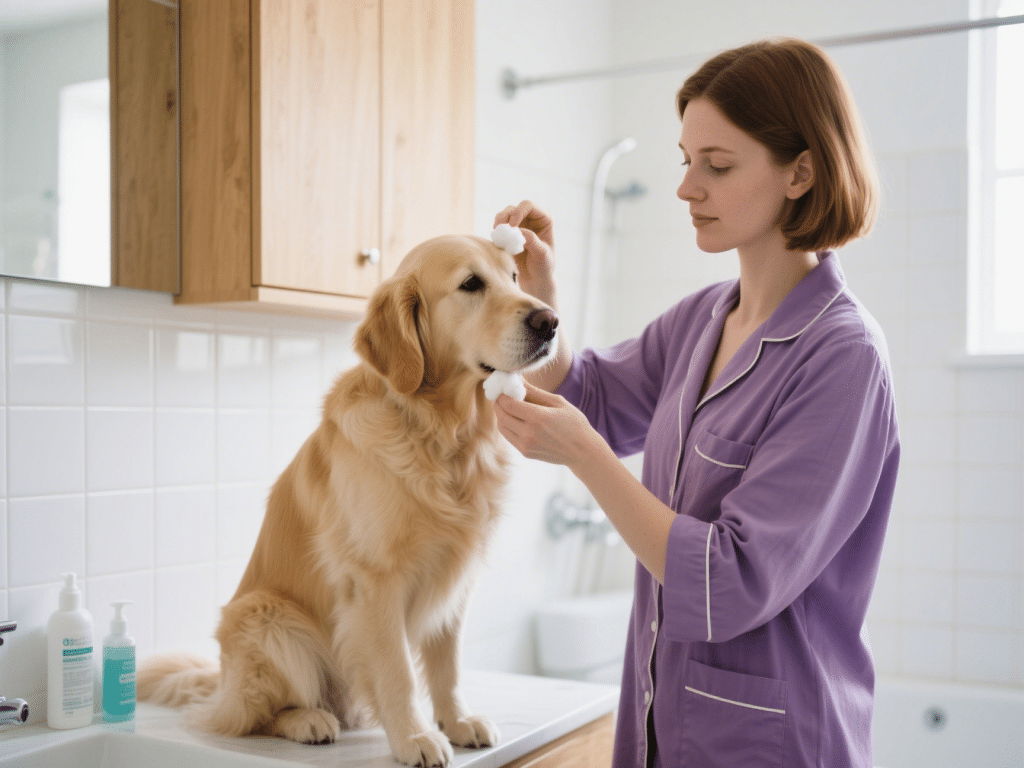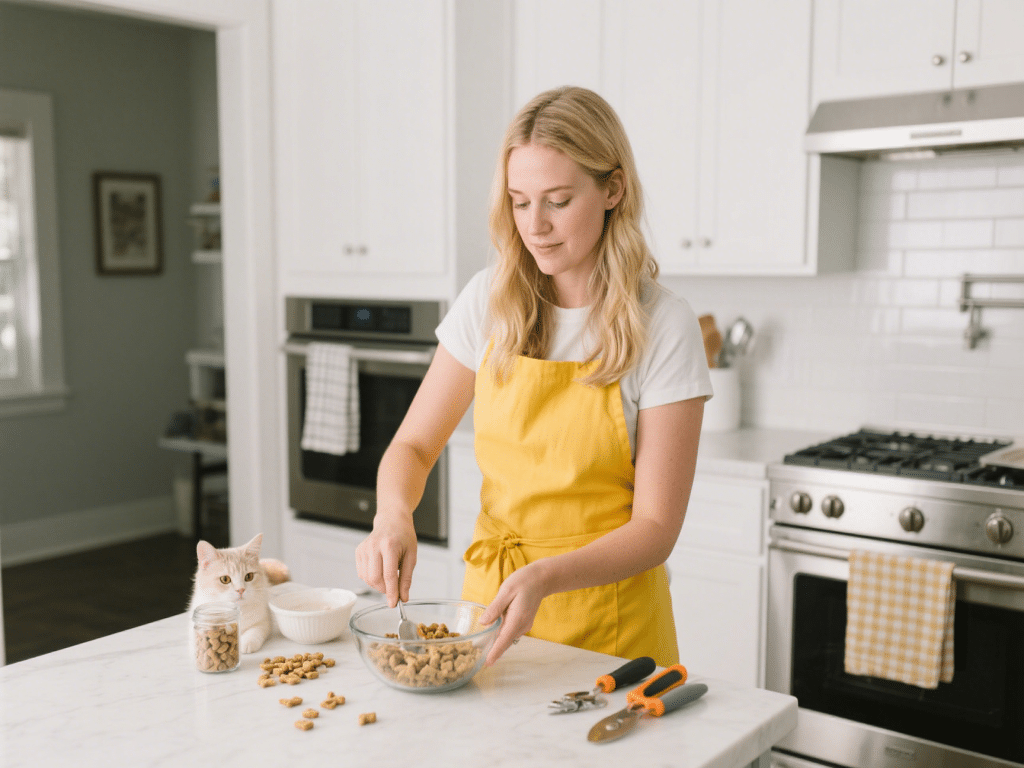Introduction
Obesity affects up to 25% of domestic cats and can lead to diabetes, arthritis, and heart disease. Maintaining an optimal body weight ensures longevity, mobility, and overall well-being. This guide offers practical strategies to prevent and manage excess weight in cats through diet, enrichment, and routine monitoring.
1. Determine Ideal Body Condition
Body Condition Score (BCS): Veterinarians use a 1–9 scale: 5/9 is ideal, 1/9 is emaciated, 9/9 is obese. Locate your cat’s ribcage, waist, and base of tail to assess whether you can feel ribs with light pressure and observe a slight waist behind the ribs.
Weigh Regularly: Use a home scale or veterinary clinic visits to track weight every 4–6 weeks. Record changes in a journal or spreadsheet.
2. Controlled Feeding Practices
Measure Portions Precisely: Use a digital kitchen scale or measuring cups to ensure accuracy. Follow manufacturer guidelines based on your cat’s ideal weight, not current weight if overweight.
Choose High-Protein, Low-Carbohydrate Diets: Cats thrive on protein-rich diets with minimal carbohydrates, mirroring their obligate carnivore physiology. Look for foods where real meat is the first ingredient.
Scheduled Feeding vs. Free-Feeding: Replace free-feeding (leaving food out all day) with 2–3 timed meals per day to control calorie intake. Feed measured portions and remove any leftovers after 20–30 minutes.
3. Enrichment & Exercise
Interactive Play Sessions: Dedicate two 10-minute intervals daily to active play—use wand toys, feather strings, or laser pointers to encourage running, jumping, and stalking.
Environmental Enrichment: Provide cat trees, window perches, and hiding spots to stimulate climbing and exploration. Rotate toys weekly to maintain novelty.
Food Puzzles & Slow Feeders: Interactive feeders encourage natural hunting behaviors. Hide kibble within puzzle feeders or treat balls to prolong meal times and burn additional calories.
4. Weight Loss Protocol
Calculate Target Caloric Intake: Estimate resting energy requirement (RER) using the formula RER = 70 × (ideal body weight in kg)^0.75. Feed 80% of RER for gradual weight loss of 1%–2% body weight per week.
Gradual Transition: If switching to a new weight-management diet, mix 25% of the new food with 75% of the old, increasing by 25% every week to prevent gastrointestinal upset.
Monitor Progress: Weigh cats biweekly. Adjust calorie ration if weight loss stalls for more than 4 weeks, lowering daily intake by 5% increments while ensuring nutritional completeness.
5. Avoid Common Pitfalls
Free-Feeding Dry Food: Dry diets are calorie-dense. If you must use dry kibble, strictly measure and remove excess between meals.
Treat Overuse: Limit high-calorie treats to <10% of daily caloric intake. Offer low-calorie alternatives, such as freeze-dried poultry bites or small servings of lean, cooked meat.
Poor Owner Compliance: Success requires household consistency. Educate family members on portion sizes and the importance of adherence.
6. Veterinary Support & Additional Tools
Behavioral Consultation: If your cat resists diet changes or exhibits stress-related behaviors, consult a veterinary behaviorist for tailored enrichment strategies.
Health Screening: Rule out medical causes of weight gain—hypothyroidism and certain endocrine disorders can predispose to obesity.
Body Condition Logs: Maintain a simple chart tracking weekly weights, portions fed, and activity levels. This aids both you and your veterinarian in adjusting the plan.
Conclusion
Preventing and managing obesity in cats revolves around accurate assessment of body condition, controlled and measured feeding, and purposeful enrichment. With regular monitoring and veterinary oversight, your cat can achieve and maintain a healthy weight, reducing the risk of serious comorbidities and enjoying a more active, vibrant life.










Comments on " How to Manage Your Cat’s Weight: Tips for Preventing Obesity" :